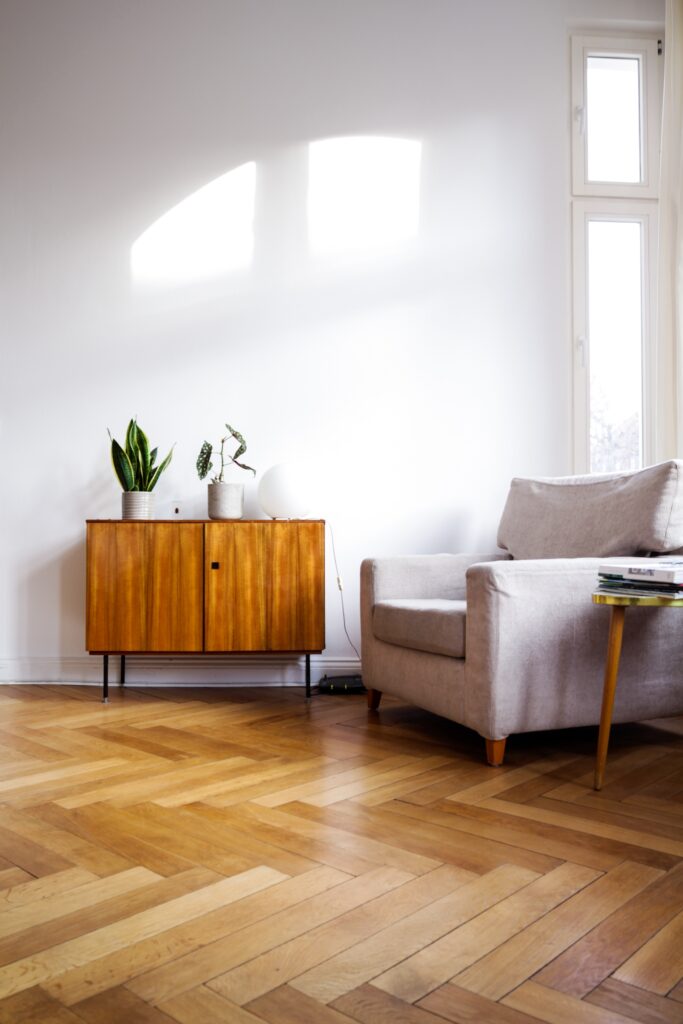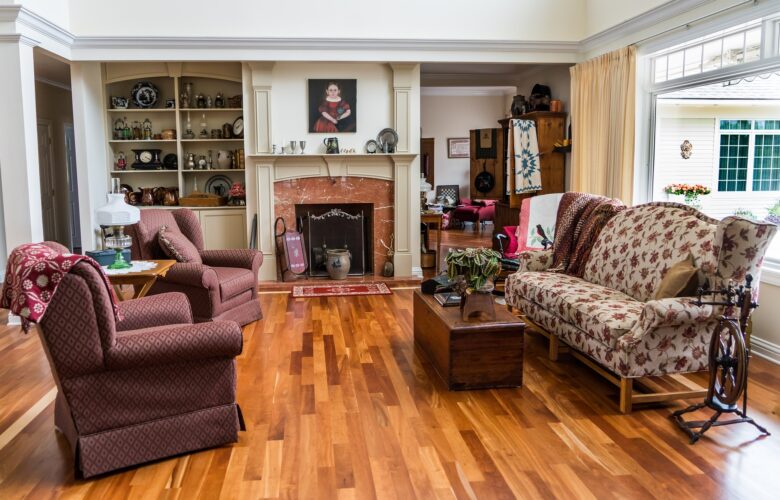The Advantages and Disadvantages
Engineered wood flooring is a popular choice for homeowners who want to install wood flooring in their homes but don’t have the time or expertise to do it themselves. Engineered wood flooring has many advantages and disadvantages that you should be aware of before deciding whether or not this is the correct type of material for your home.
In this post, we will explore some of these advantages and disadvantages so that you can decide if engineered wood floors are perfect for your project.

Advantages of Engineered Wood Flooring
1) There is a much greater variety of species and colors available for engineered wood flooring than solid hardwood.
You will get a wide range of wood species and color variants in engineered wood flooring to help you get the best floor according to your needs.
Lastly, many different products could work well in your home – from traditional plank floors to stained or varnished planks that will make the room feel more like a conventional home.
2) The installed cost is cheaper than the solid wood option.
If you’re looking to save money, this may be a good choice for your home.
Engineered wood flooring also needs less maintenance and repairs over time as compared with hardwood floors. Lastly, it often requires mineral oil or wax finishes rather than more expensive products like urethane.
Disadvantages of Engineered Wood Flooring
1) It Can be difficult to install on the older floor.
Engineered wood flooring can be difficult to install over old, uneven floors, and it requires more time than solid hardwood options. It also lacks the classic appeal that many homeowners want from their hardwoods. Lastly, engineered woods need a finish or oil for protection, or they will scratch, dent and scuff.
2) Engineered wood flooring has a limited lifespan compared to solid hardwoods, and it can’t be refinished.
This type of product is also not immune from warping or shrinking over time. Lastly, you may need to upgrade the underlay, which isn’t necessary with other types of floors like a concrete slab or vinyl tile.
3) Engineered wood floors are not made for high moisture areas, like kitchens or bathrooms.
If you are thinking of installing engineered wood floors in your kitchen or bathroom, you must be careful regarding the moisture issue. It is not the perfect wood to install in high moisture areas.
4) The type of flooring you install is mainly dependent on what the room’s use will be.
Engineered wood floors are best for a home office, living rooms, and bedrooms. Solid hardwood floor options work well in kitchens, bathrooms, hallways, or other high traffic areas as they typically provide better traction to prevent falls and slips.
Finally, engineered wood flooring might not be the best option for your home if you want a classic look and are looking to install hardwood floors yourself. Suppose you’re okay with some of the disadvantages or have other ideas in mind for installation. In that case, it could work well as an affordable alternative to more expensive options like solid wood planks.
Featured Image by Michelle Raponi from Pixabay
